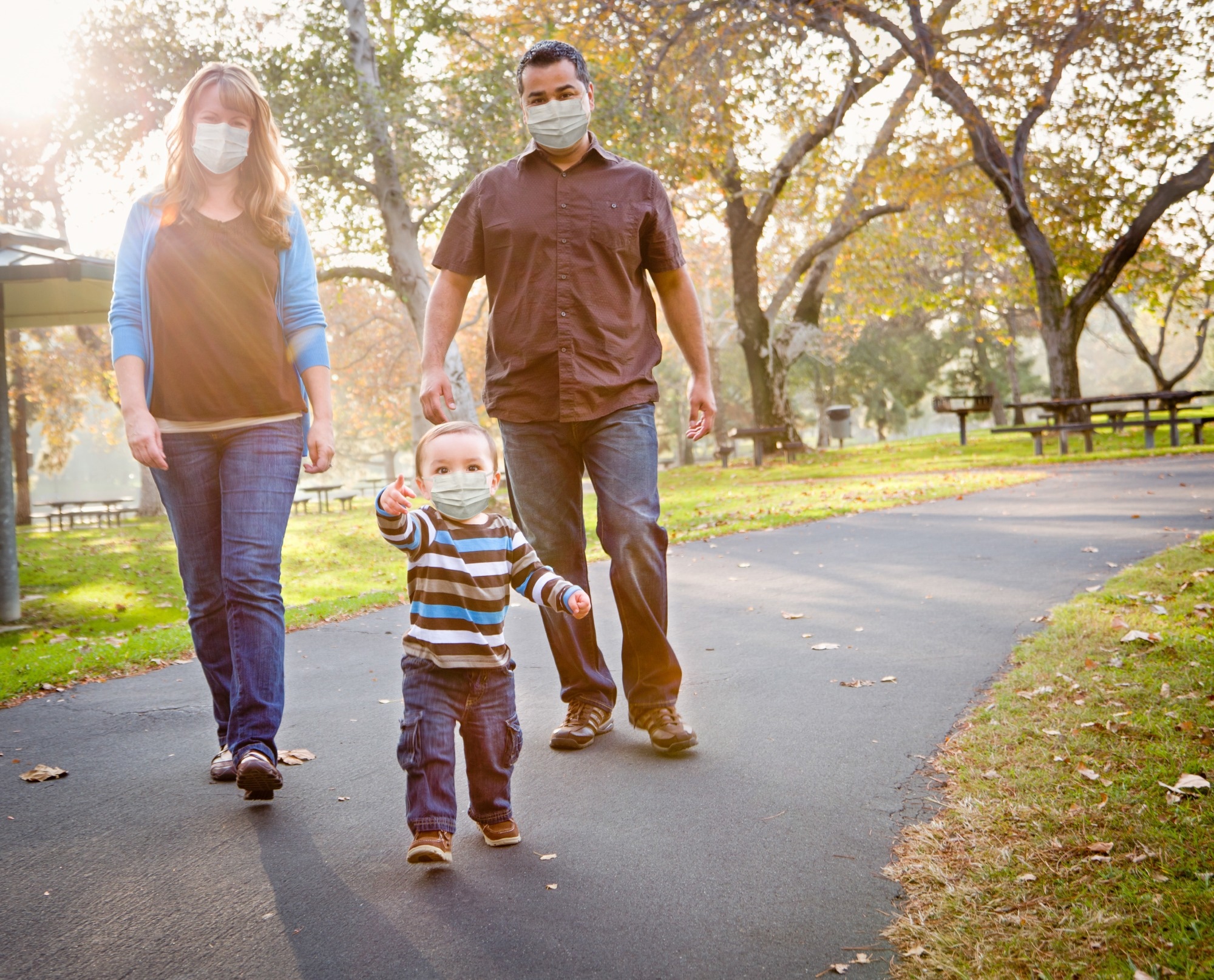
[ad_1]
In a up to date find out about at the medRxiv* preprint server, researchers evaluated humoral responses to critical acute respiration syndrome coronavirus 2 (SARS-CoV-2) in babies.
 Learn about: Babies and small children generate tougher antibody responses to SARS-CoV-2 an infection than adults. Symbol Credit score: AndyDeanPhotography/Shutterstock.com
Learn about: Babies and small children generate tougher antibody responses to SARS-CoV-2 an infection than adults. Symbol Credit score: AndyDeanPhotography/Shutterstock.com

 *Necessary understand: medRxiv publishes initial clinical experiences that don’t seem to be peer-reviewed and, due to this fact, will have to no longer be thought to be conclusive, information medical follow/health-related conduct, or handled as established knowledge.
*Necessary understand: medRxiv publishes initial clinical experiences that don’t seem to be peer-reviewed and, due to this fact, will have to no longer be thought to be conclusive, information medical follow/health-related conduct, or handled as established knowledge.
Background
The breadth and sturdiness of anti-SARS-CoV-2 immune responses had been studied in adults and older youngsters following an infection/vaccination.
Nonetheless, immune responses in babies and small children are poorly outlined. Despite the fact that one in each 4 inflamed babies is asymptomatic, critical sickness is extra prevalent in babies than older youngsters.
Moreover, much less is understood about how SARS-CoV-2 impacts immune building and the sturdiness of immunity in babies and small children.
The find out about and findings
The prevailing find out about analyzed humoral responses towards SARS-CoV-2 in 23 babies or small children and 19 adults. Babies and small children had been enrolled at Cincinnati Youngsters’s Health facility and had been a part of a bigger potential longitudinal beginning cohort.
They had been adopted up from beginning and as much as 500 days after the primary certain SARS-CoV-2 opposite transcription-polymerase chain response (RT-PCR) effects.
Adults with showed coronavirus illness 2019 (COVID-19) had been adopted up till 350 days post-infection. Maximum adults (84%) didn’t require hospitalization, and no grownup affected person evolved critical signs.
Adults had been inflamed between March and April 2020, while babies/small children had been inflamed between April 2020 and January 2022.
The staff assessed longitudinal antibody responses towards quite a lot of SARS-CoV-2 antigens earlier than, all the way through, and after an infection. All babies/more youthful youngsters had immunoglobulin A (IgA) and IgG responses towards the spike protein and its receptor-binding (RBD) and N-terminal (NTD) domain names post-infection.
Pre-infection IgA and IgG ranges had been beneath the detection prohibit. IgA/IgG ranges peaked round 30 days post-infection and had been sustained for as much as 500 days. Equivalent IgG titers had been seen towards the spike proteins of epidemic CoVs, akin to SARS-CoV-1 and middle-east respiration syndrome (MERS)-CoV.
Additional, the researchers famous that the pre-existing antibodies towards not unusual human CoVs (OC43 and HKU1) didn’t have an effect on the antibody responses towards SARS-CoV-2.
The IgG responses towards spike, RBD, and NTD within the toddler cohort had estimated half-lives of 800, 775, and 828 days, respectively, and exhibited minimum/no decay over the years.
Against this, the IgG responses towards the 3 antigens decayed a lot sooner in adults, with an estimated half-life of 187 to 204 days. Particularly, IgG antibodies towards the SARS-CoV-2 nucleocapsid protein waned hastily in toddler and grownup cohorts, with half-lives of 116 and 83 days, respectively. IgG1 antibodies had been essentially the most prevalent in each cohorts, adopted via IgG2 in babies and IgG3 in adults.
Moreover, the usage of a reside virus focal point aid neutralization assay, the staff assessed the magnitude and sturdiness of neutralizing antibody (nAb) responses towards the wild-type SARS-CoV-2 pressure.
Maximum babies (73%) and adults (68%) exhibited measurable nAb titers. The nAb titers had been similar between cohorts’ early issues (30 to 140 days post-infection).
Alternatively, the nAb titers had been considerably upper in babies than adults at a past due time level (250 to 375 days post-infection). Of word, all babies had a detectable nAb reaction on the past due time level in comparison to 58% of adults. Spike and RBD IgG titers considerably correlated with nAb titers in each cohorts.
In any case, the researchers tested immune responses towards SARS-CoV-2 Beta, Delta, and Omicron BA.1. The binding antibody responses towards the Beta variant RBD had been three- and four-fold decrease in babies and adults.
The aid in antibody titers towards the Delta variant used to be similar between cohorts. Alternatively, it used to be a lot more pronounced towards the Omicron BA.1 variant, with a 17- and eight-fold aid at early and past due time issues, respectively, in babies.
Adults exhibited a 12- and nine-fold aid towards BA.1 on the early and past due issues, respectively. Each cohorts exhibited an important decline in nAb titers towards SARS-CoV-2 variants.
Babies confirmed a three-fold lower towards the Beta variant, whilst adults exhibited as much as a five-fold decrease nAb reaction.
The nAb responses towards BA.1 had been six- and seven-fold decrease in babies and eight- and three-fold decrease in adults on the early and past due time issues, respectively.
Conclusions
Taken in combination, babies/small children fixed tougher binding and neutralizing responses than adults after SARS-CoV-2 an infection.
Despite the fact that each cohorts confirmed powerful and similar neutralizing titers, adults exhibited a speedy decay of nAb titers, while babies didn’t. Additional analysis is needed to know the mechanistic foundation for those findings.

 *Necessary understand: medRxiv publishes initial clinical experiences that don’t seem to be peer-reviewed and, due to this fact, will have to no longer be thought to be conclusive, information medical follow/health-related conduct, or handled as established knowledge.
*Necessary understand: medRxiv publishes initial clinical experiences that don’t seem to be peer-reviewed and, due to this fact, will have to no longer be thought to be conclusive, information medical follow/health-related conduct, or handled as established knowledge.
[ad_2]